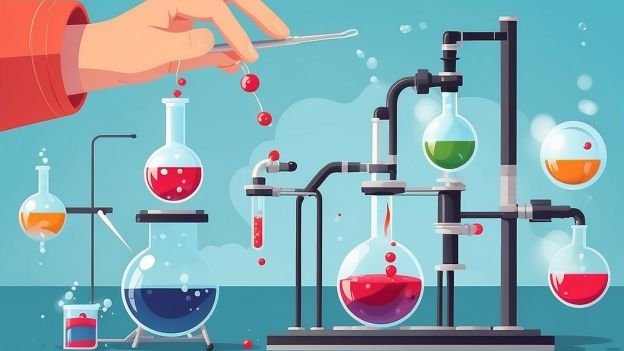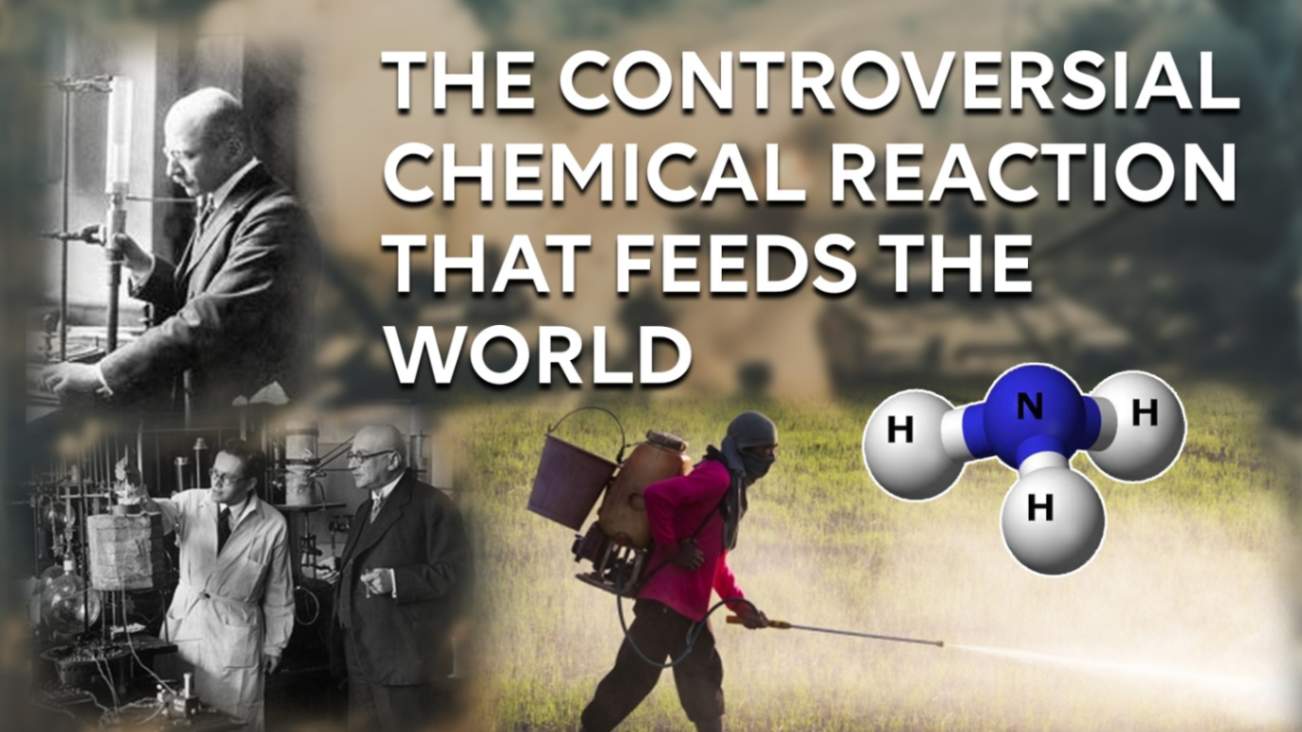September 01, 2024
The Controversial Chemical Reaction that Feeds the World
In the past few centuries, various discoveries have impacted human civilization. Among the many game-changing discoveries —such as the computer, the car, electricity, and the discovery of the atom—the Haber process stands out as a critical advancement. This chemical reaction, involving nitrogen and hydrogen to produce ammonia, played an essential role in feeding the global population.
Organ
This reaction, developed by German chemist Fritz Haber in 1908, enables the conversion of nitrogen from the air into ammonia. This ammonia can then be used as a fertilizer, which is crucial for growing crops. Without this process, the world's food production would be insufficient to support over 7 billion people — many more than the 4 billion who could be fed with traditional methods.
Nitrogen is an essential nutrient for plants, but it’s not readily accessible to them in its atmospheric form due to the strong triple bonds within the nitrogen molecules. Natural fertilization processes, for instance decaying plants and animals, are too slow to meet the demands of modern agriculture. Haber’s breakthrough was to find a way to bind nitrogen in the air to hydrogen molecules, hence producing ammonia that could be instantly converted into nitrate, a form useful for plants.
The Process

To understand how Haber achieved this, understanding the concept of chemical equilibrium is important. In a closed system where hydrogen and nitrogen are allowed to react, the production of ammonia initially occurs rapidly. However, as reactants are used up, the reaction slows down. Eventually, ammonia begins to decompose back into nitrogen and hydrogen. At this point the rates of formation and decomposition of ammonia are equal, resulting in equilibrium.
Haber’s challenge was to shift this equilibrium to favor ammonia production. This is where French chemist Henry Le Chatelier’s principles come into play. Le Chatelier discovered that adding more reactants or increasing the pressure in an equilibrium system will shift the reaction toward the production of fewer molecules, and in this case, ammonia. Haber applied these principles by designing a machine that continually added nitrogen and hydrogen while maintaining high pressure, thus maximizing ammonia production.
Impact

In today’s world, the Haber process is one of the most significant industrial achievements, with about 131 million metric tons of ammonia produced annually—equivalent to roughly 290 billion pounds or the mass of 30 million African elephants. Approximately 80% of this ammonia is used in fertilizers, with the remainder employed in industrial and household cleaners and to produce other nitrogen compounds like nitric acid.
Along with the positive impacts, the Haber process also comprises environmental challenges. Recent studies have revealed that a significant portion of the nitrogen from fertilizers is not absorbed by plants, leading to pollution in water supplies and the atmosphere. This issue was unforeseen by Haber, who could not predict the long-term environmental consequences of his invention.
Conclusion
As the world combats these environmental concerns, scientists are searching for modern solutions to mitigate the negative impacts of the Haber process while preserving its benefits. The quest for a new, more sustainable method of nitrogen fixation continues, aiming to address the pressing challenges of the 21st century without compromising the progress made in feeding billions.
In retrospect, the Haber process exemplifies how a single scientific advancement can transform global agriculture and support a growing population. Yet, it also highlights the importance of considering long-term environmental effects when implementing groundbreaking technologies.
For more details on PrepMed and to find the nearest coaching center, visit PrepMed’s official website
Follow Us - on Facebook /Instagram/ YouTube








